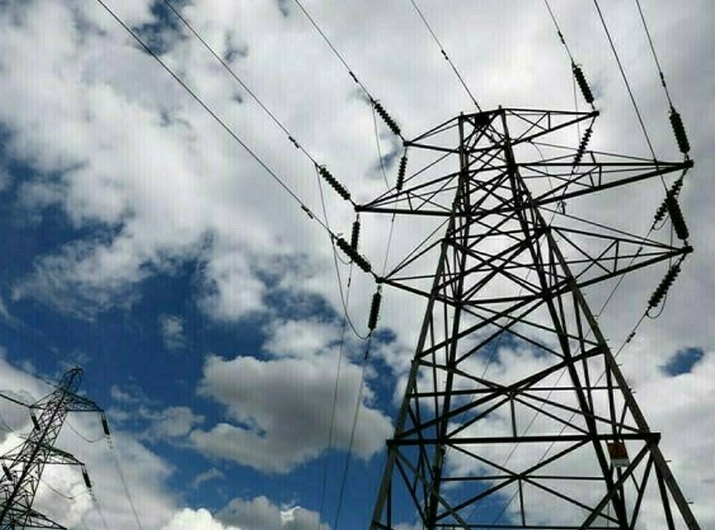
Back in January 2024, power generation stood at 8,153 GWh.
On a yearly basis, power generation declined by 3% as compared to 7,130 GWh in the same month of the previous year, according to data released by Arif Habib Limited (AHL).
In the first eight months of FY25 (July-February), power generation fell by 3% YoY to 81,739 GWh compared to 84,426 GWh in the SPLY.
Analysts have voiced concerns over Pakistan’s decline in electricity consumption, which is accompanied by sluggish economic activity and high energy costs.
Pakistan’s power generation increases in November as cost inches up
Adding to the challenge is a growing shift towards alternative energy sources, especially solar, which has become increasingly popular among residential and commercial sectors.
This rising trend has left decision-makers grappling with its implications for the national grid and energy sector.
Days ago, the government reduced the buyback rate for net metering electricity to Rs10 per unit from previously Rs27 per unit, attributing the decision to “significant increase in the number of solar net-metering consumers, with associated financial implications for grid consumers”.
On the other hand, the total cost of generating electricity in Pakistan decreased by a significant 30%, clocking in at Rs7.57 KWh in February 2025 compared to Rs10.79 KWh registered in January 2025.
On a yearly, electricity cost lowered by 13%, as compared to Rs8.70 recorded in February 2024.
In February, hydel emerged as the leading source of power generation, accounting for 27.1% of the generation mix, to become the largest source of electricity generation.
This was followed by nuclear, which accounted for 26.6% of the overall generation, ahead of coal (local), which accounted for 15% of the power generation share.
Among renewables, wind, solar and bagasse generation amounted to 2.5%, 1.2% and 1.1%, respectively, of the generation mix.